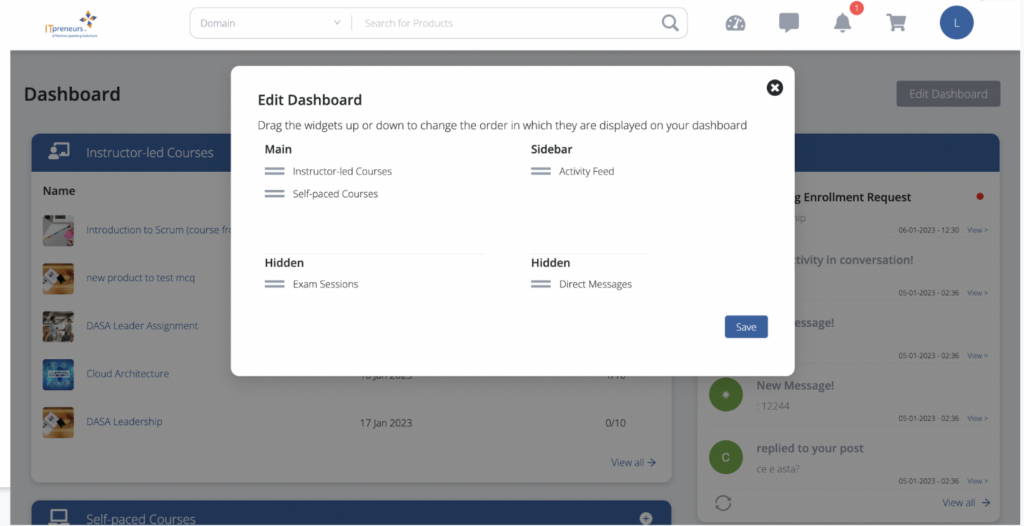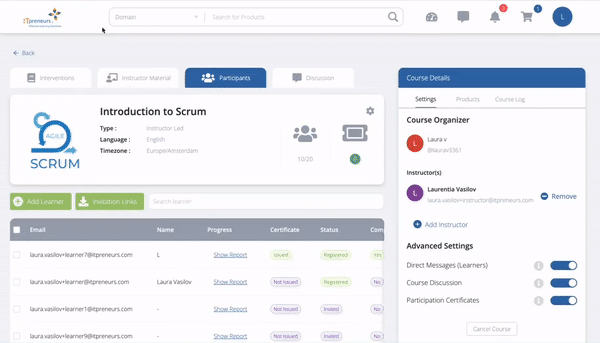ITIL 4 is a welcome evolution in service management. ITIL 4 has put ITIL into the modern age and has introduced some new concepts and interestingly leveraged some existing concepts in relation to service management. One important, existing concept that ITIL brings to focus is the value stream.
The roots are going back to the beginning of the 20th century. In the following years, multiple companies and methodologies like Toyota embraced and benefited from value streams. Now, ITIL 4 is positioning it at its core in combination with the six activities of the Service Value Chain and ITIL practices.
The purpose of a value stream is to make visible what you do and how well you are doing it. ITIL defines value stream as a series of steps an organization undertakes to create and deliver products and services to consumers.
A Continual Story of Improvement
One of my most fond work memories relates to value stream mapping and the improvements it can bring. Armed with some brown wrapping paper and post-its and tons of data in all different places, we co-created a value stream during lots of interactive sessions with all stakeholders in our made-up war room.
Instead of a fancy PowerPoint, we rolled out the same brown paper in the CIO’s office. The image was supported by statistics, but it wasn’t hard to tell where the actual bottlenecks in the process were located. No discussion, only looking forward to improving the way we were working. We had our baseline, we had our current state but most importantly, we could start making things work.
Value Streams in ITIL 4 – A Train to Catch
The Service Value Chain in ITIL 4 defines the operating model to create, operate and build services – so we can deliver value to all stakeholders. The ITIL practices will support one or more Service Value Chain activities in obtaining the goal of the value stream.
The value stream can be viewed as the train connecting all different practices that run over network of tracks – the activities of the Service Value Chain. The journey will start with the demand and thunders over the track passing all different stations in order to reach the end station – the product or service to be consumed.
Your organization can define multiple value streams that will clarify how you will solve incidents, user requests, build new virtual environments or migrate physical servers to the cloud.
The Value Stream in Practice
The first step will be to define the scope and the “measurement of good”. Make sure everyone understands what you are going to achieve and why it matters to your stakeholders.
The real value stream mapping happens in the trenches. Get on the “factory” floor and start drawing up the journey together with all involved stakeholders. You might need to involve your customer, your sales team, your engineers and management team. It will create transparency and will bring the only version of the truth: go and see for yourself.
Asking the right questions will help give you plenty of opportunities to improve your workflow. Get the waste out of your process and make sure you align every aspect of the value stream to the vision of your company and how you co-create value with your customers and consumers. If your reason to exist is to create a world without hunger, every little step and action in your practices and the value stream should support this vision.
One of the crucial factors of a good value stream is the measurements that are part of it. The measurements provide insights in velocity, waiting time amongst others. But most importantly, measurements reduce discussions. You can discuss concepts like slow or fast. Driving 180 km/h might be fast for you, Bas Verstappen might feel differently about it. However, if your Value Stream takes 21 days, no need to argue about going slow or fast. Measure the performance of the value stream as a baseline and onwards.
It will probably not be possible to define every scenario in your value stream or get it perfect on the first try. So keep the ITIL guiding principles in mind as they all apply to the value stream.
About the author

Joris brings a rich experience in project management, service management and outsourcing to the table. As a project manager, he has worked in different industries and international environments. Joris highlights customer focus and a keen eye for improvement and opportunities as his strong points. He is a highly motivated professional with a positive attitude and gets energized by creating success as a team. His entrepreneurial mindset leads to innovation and creativity. Joris enjoys the combination of being on the work floor as a Project Manager and being in a classroom as a trainer. Joris is a freelance accredited trainer for ITIL and Prince2.



